Shop
- Home
- Security Equipment
- Sound / Noise Level Meter

Metal Detector
September 18, 2018
Explosive detector
September 18, 2018Sound / Noise Level Meter
A sound level meter is a measuring instrument used to assess noise or sound levels by measuring sound pressure. Often referred to as a sound pressure level (SPL) meter, decibel (dB) meter, noise
meter or noise dosimeter, a sound level meter uses a microphone to capture sound.
A sound level meter is a measuring instrument used to assess noise or sound levels by measuring sound pressure. Often referred to as a sound pressure level (SPL) meter, decibel (dB) meter, noise
meter or noise dosimeter, a sound level meter uses a microphone to capture sound. The sound is then evaluated within the device and acoustic measurement values are displayed. The most common unit of acoustic measurement for sound is the decibel (dB); however, some sound level meter devices also determine the equivalent continuous sound level (Leq) and other acoustic parameters. With a portable sound level meter, industrial hygiene and workplace safety professionals can measure sound levels in multiple locations to ensure environmental conditions fall within recommended exposure limits (RELs). Some sound level meter devices can be permanently installed for continuous monitoring of sound levels at a work or job site.
An important attribute to consider when searching for a suitable sound level meter is its type or class. The type or class of a sound level meter defines the device’s accuracy as per American National Standards Institute (ANSI) or International Electrotechnical Commission (IEC) guidelines. Typically, “type” is the grade according to the ANSI S1.4 standard, whereas “class” is the grade according to the IEC 61672 standard. There are two types or classes assigned to sound level meters: type 1 / class 1 or type 2 / class 2. For assessing noise in basic industrial, commercial, educational, recreational or residential applications, a type 2 / class 2 sound level meter usually will suffice. For precision-grade assessments often made in a laboratory, a type 1 / class 1 sound level meter primarily is used.

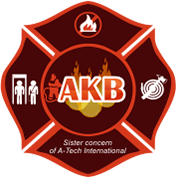
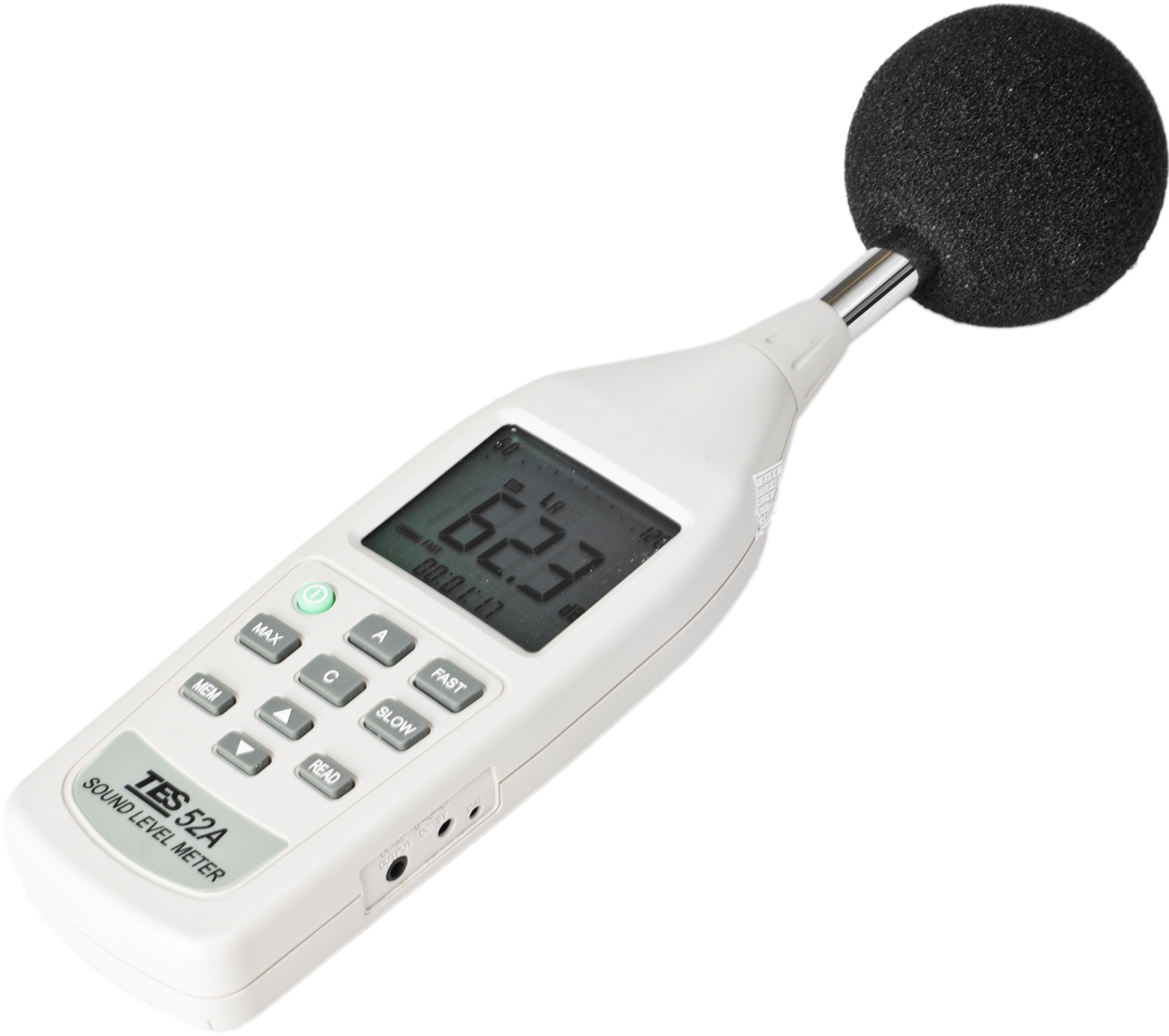
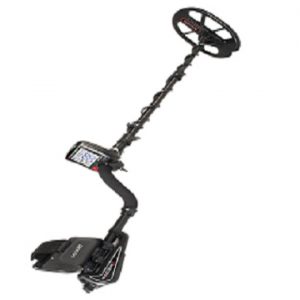
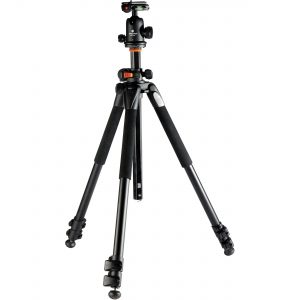
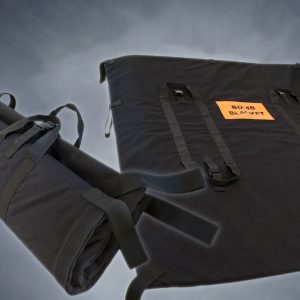
Reviews
There are no reviews yet.